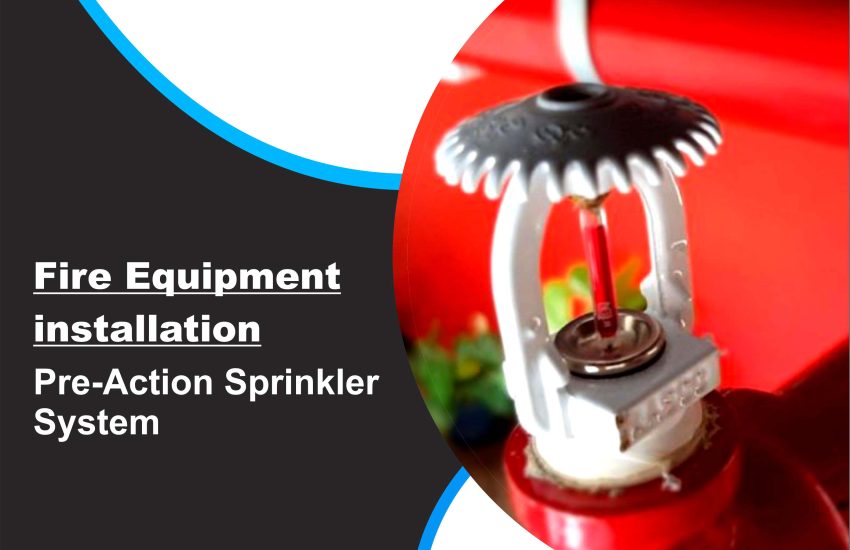What is a Pre-Action System ? Modern buildings depend heavily on fire sprinkler systems to protect life and property. However, in environments like data centers, museums, or archives, water damage can be just as harmful as fire. In these sensitive areas, traditional sprinkler systems may pose too high a risk.
To address this issue, many facilities choose pre-action fire sprinkler systems. These systems provide a layered defense against fire while helping prevent accidental discharges. In this guide, you’ll learn how pre-action systems work and why they are ideal for high-value environments.
What Is a Pre-Action Fire Sprinkler System?
A pre-action system differs significantly from a standard wet sprinkler system. Unlike traditional systems that store water in the pipes at all times, pre-action systems keep the pipes dry until they detect a confirmed fire threat.
Here’s how the system functions:
- A fire detection system constantly monitors for signs of smoke or heat.
- Once it detects a threat, it sends a signal to open the pre-action valve.
- The valve allows water to flow into the sprinkler piping network.
- However, water only discharges when individual sprinkler heads activate due to heat exposure.
Because of this two-step activation process, the system offers a much lower risk of unwanted water release. Some setups even use clean agent fire suppression instead of water, making them suitable for electronics and delicate materials.
Types of Pre-Action Systems
Facility managers can choose from several types of pre-action systems, depending on their needs:
- Single Interlock System: The system fills with water after the fire detection system activates.
- Double Interlock System: It requires both a detection signal and an open sprinkler head before releasing water.
- Non-Interlock System: This type activates based on multiple detection inputs without needing both at once.
By understanding these options, you can select the right system for your facility.
Benefits of Pre-Action Fire Sprinkler Systems
Pre-action systems offer a number of clear benefits:
- Minimized Risk of Water Damage: Since water only enters the system after two independent triggers, false activations become less likely.
- Advanced Detection and Response: The system allows extra time for manual intervention or evacuation before discharging.
- Longer Equipment Lifespan: Systems that use dry pipes with compressed air or nitrogen help reduce corrosion over time.
- Flexible Fire Suppression Options: Some systems support non-water-based clean agents, which are ideal for sensitive equipment.
- Better Asset Protection: These systems excel in protecting high-value environments, such as museums, data centers, and archives.
Additionally, many insurance providers recognize the reduced risk associated with pre-action systems, which may help lower premiums.
Where Are Pre-Action Systems Used?
You’ll commonly find pre-action systems in places where even small amounts of water could cause major harm. These include:
- Server Rooms and Data Centers
- Libraries and Rare Book Archives
- Art Galleries and Museums
- Telecommunication Facilities
- Freezer Storage Areas
- Military and Government Buildings
By choosing a pre-action system, these organizations reduce risk without sacrificing fire safety.
Conclusion
When it comes to fire protection for sensitive environments, a pre-action fire sprinkler system offers both safety and peace of mind. The system’s dual-verification design prevents unnecessary discharges, while still ensuring reliable fire suppression when it truly matters.


